Ancient Megalodon and great white sharks might not be that similar, study finds
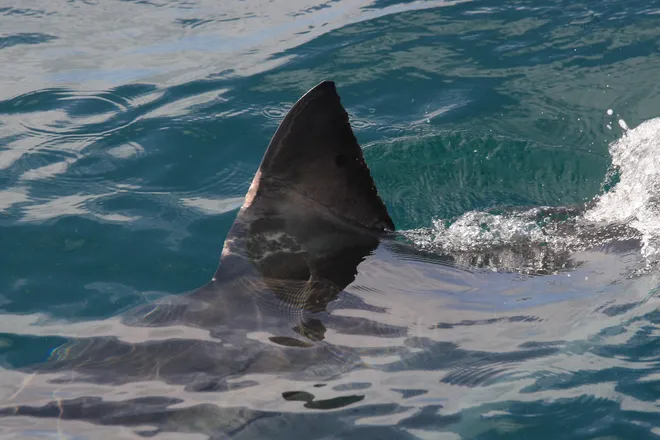
The Megalodon was previously thought to look like a supersized great white shark, but a new study suggests otherwise.
Using a great white to "reconstruct the body form of Megalodon lacks empirical fossil support," states the the study conducted by 26 shark experts.
The study, published by Palaeontologia Electronica on January 21, suggests there are inconsistencies in a separate study from 2022 that was done by Jack Cooper and several other scientists.
"When looking at previous studies, their reconstructions relied on many underlying assumptions that I felt were not fully tested," wrote Phillip Sternes, the co-leader of the investigation and PhD candidate at the University of California, to USA Today in an email. "Both the team and myself all looked into it further and realized there were some discrepancies, and that led us down our new path."
Shark spotted:Penny the 10-foot shark surfaces near Florida, marking nearly 5,000 miles in her journey
Sternes' team analyzed the incomplete spine, which is believed to have come from a Megalodon, from the Royal Belgian Institute of Natural Sciences in Brussels. They compared the vertebrae from that specimen to one of a great white shark and found that Megalodon would be about 17% shorter, and that doesn't take the size of its head or tail into account.
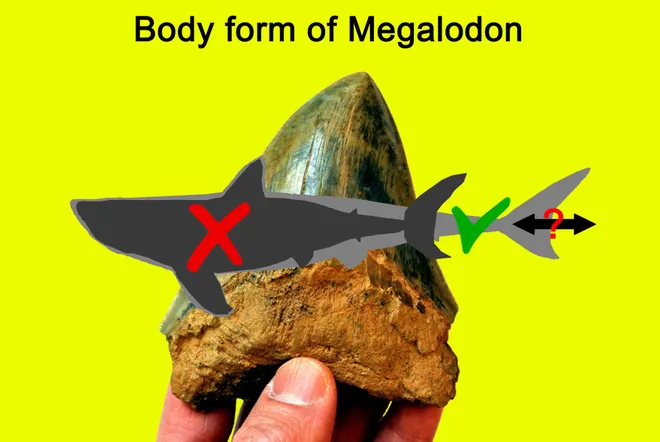
"If you predict the Megalodon's body length and shape from a comparison to strictly white sharks, you reach a total length of [about 30 feet]," said Sternes. "But if you put that Megalodon's vertebral column together you reach a length of [36 feet] and that's vertebral column alone."
Sternes and his team analyzed the vertebrae bones of juvenile great whites then compared them to the Megalodon mentioned above. They found that the Megalodon's vertebrae are thinner than the great white's and it led them to believe it was slimmer than the infamous shark species.
The study concluded that the Megalodon was not only thinner and longer, but also more comparable to mako sharks, which are primarily found off the East Coast and in the Gulf of Mexico according to NOAA, than a great white.
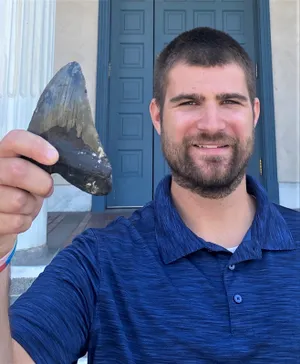
Lack of Megalodon fossils
According to the Smithsonian, sharks are cartilaginous, meaning their skeleton is entirely made up of cartilage. So, they don't leave behind bony fossils like dinosaurs or humans would.
According to one study, the shark in question has been extinct for almost 3.6 million years. The museum states that scientists have to rely on fossilized shark teeth, skin scales, vertebrae or impressions to piece together the history of ancient sharks. Which can make it challenging to uncover the mystery of a shark that hasn't existed for millions of years.
"Although shark teeth are abundant in the fossil record, their bodies are rarely preserved," states the study done by Jack Cooper "Thus, our understanding of the anatomy of the extinct [megalodon] remains rudimentary."
In other words, lack of skeletal remains is what makes figuring out what these massive creatures actually look like so difficult.
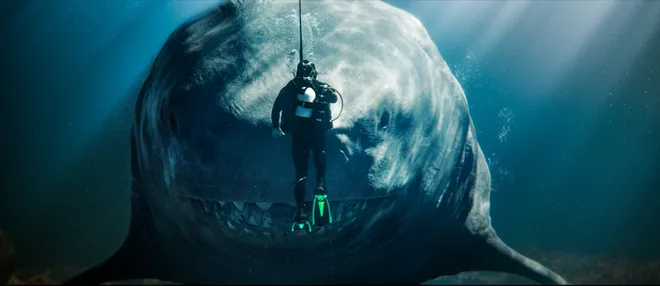
Bigger than the movies
The association between the Megalodon and Great White Shark has been made popular becasuse of movies like The Meg.
When asked if he believes it'll be hard to sway the public with the his team's study, Sternes said he hopes the public will use this information to make their own conclusions.
"It might be difficult but I am happy to see the public decide for themselves what is the most logical answer based on all evidence available," said Sternes.
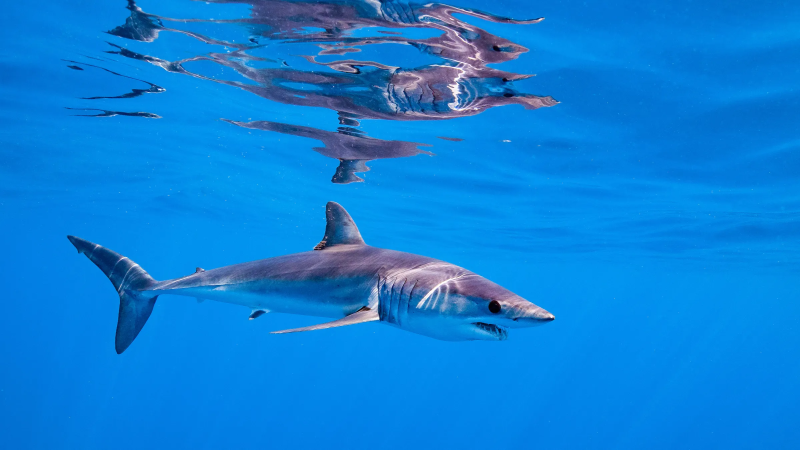
Disclaimer: The copyright of this article belongs to the original author. Reposting this article is solely for the purpose of information dissemination and does not constitute any investment advice. If there is any infringement, please contact us immediately. We will make corrections or deletions as necessary. Thank you.





